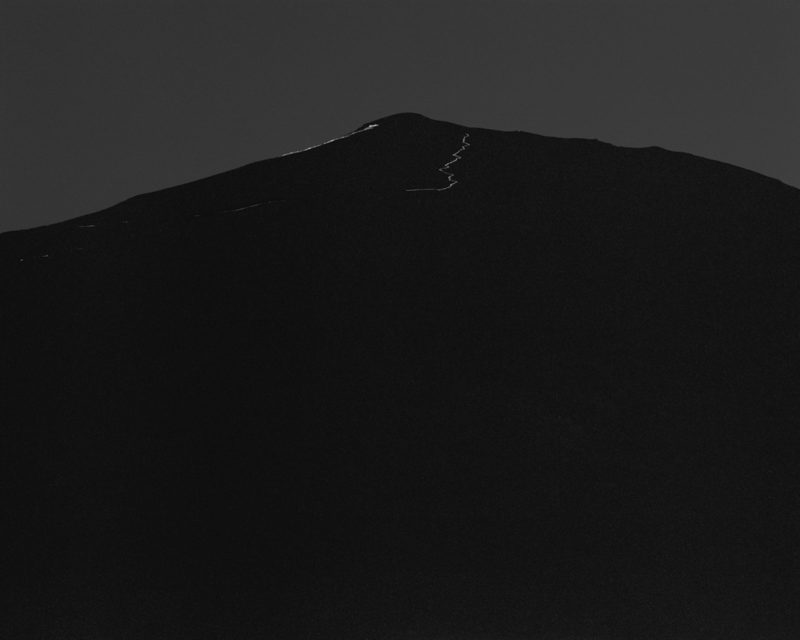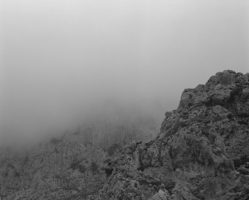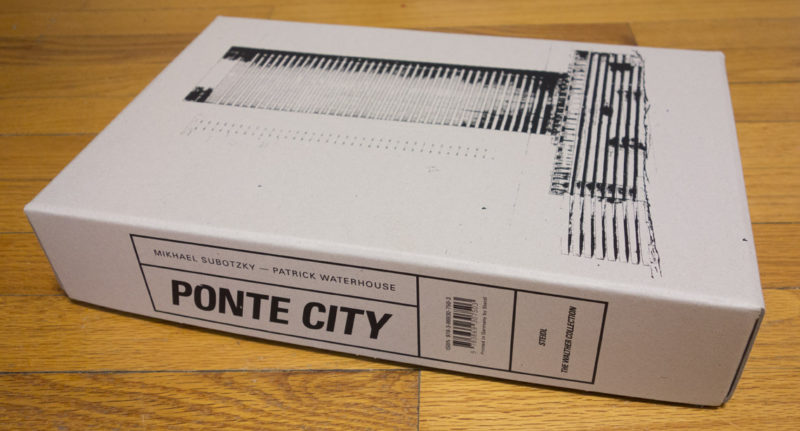I had a conversation with a friend of mine the other day, the kind of conversation where two people end up talking about how the state of things is, well, not so great in photography. Needless to say, that’s what you get as you age, and there is absolutely nothing new about older people complaining about exactly that (given I’m in my forties I’m old, at least as photography is concerned).
This is not to say that there is a problem with photography, on the contrary. Photography appears to be doing quite well, given there are more people than ever who take photographs on a regular basis, regardless of whether they aspire to do more with those photos or not.
At the same time, I can’t help but feel that a lot of photography’s vitality is wasted on efforts that have little, if any, lasting value. Mind you, I’m not talking about people sharing snaps on Instagram or Facebook. I think that form of visual communication is just great. I’m talking about many of those who aspire to do – or be – more than that, those who consider themselves photographers and/or artists.
Maybe I’m looking at too much photography online. I’m not sure that’s really the problem, though, since I also receive quite a few photobooks in the mail. But it seems to me that a lot of photography never goes beyond a simple and obvious degree of descriptiveness that, frankly, doesn’t add up to much.
Touted as, say, “revealing photographs” that are “memorable” and/or “empower” this or that person or group of people, these photographs appear to essentially merely record what is there to make an audience that is already in the know feel good about themselves. No beliefs are being questioned, no fist is shaken, however furtively, at those in power, and, crucially, no lasting impressions are being made.
Of course, I don’t need my photography to always be challenging. But this onslaught of photography that doesn’t do much other than describing something has me a bit dismayed about the state of things. It’s not even that I don’t care about any of the various issues discussed in the work. I do care, like we all care. But the helicopterism with which these issues are being addressed leaves me wanting for deeper engagements.
I know “helicopterism” isn’t a word, but it should be one: it’s the approach taken by so many photojournalists who fly in for a day or two, snap some dramatic pictures without any deeper engagement and are then off to the next spot. Turns out the fine-art crowd is just as guilty of it. Note that helicopterism really refers to the depth of the engagement, not necessarily the time spent.
There’s a simple question that can be asked to see if there is helicopterism at hand in any given body of work (in whatever form it might exist): what does this tell me that I don’t already know?
I tend to think of the bodies of work that don’t have a very good answer as “art-editorial” photography. It’s essentially editorial photography that illustrates something and that exists in the larger “fine art” context – as opposed to actual editorial photography, which is made for and lives in magazines etc. So, yeah, I have a problem with art-editorial photography.
There is more than one problem with approaching topics with helicopterism. At best, it turns them into easily commodifiable units, good for a article on some blog that makes you “see the topic in a new light” (to use the kind of language now widely used, despite the fact that it’s usually not true) or for some photobook that’s a “hit” at one of the many festivals or fairs, both to be forgotten the day after (when some other body of work pops up). This already is bad enough, given that something that would require serious attention becomes a part of our attention economy.
At worst, and there is some overlap with the preceding here, an important topic becomes essentially devalued, to be used mainly for that: “eye balls” (to use the internet’s lingo for how many people will bother looking at an article), something to be seen not for its inherent values, but simply because it might attract attention for a day.
Boy, if I had some affliction or problem that tied in with a larger issue, would I be pissed if it were used mostly for the benefit of say, some corporate blog’s click count and possibly some photographer’s CV.
I can only speak for myself (which is what I have been doing for over a decade now on this site), but helicopterism is just not enough for me. I crave for more. I’d just like to think that around the corner, there is some photography that will move or shake me to the core, in whatever way, to jolt me into looking at something more deeply, differently, to make me appreciate something more, or maybe less, to change me into a slightly different person, a person that might actually do a little more – or less – about something, a person a tad more conscious.
It’s not an activism I’m looking for per se, even though so many issue these days are begging for more activism and engagement. As Colin Pantall wrote recently, “Have an opinion, tell some truth, show some emotion.” Some emotion would do for me. And an opinion can be a lot more than, well, what we’d imagine it is. Show me that there’s something at stake for you – and me.
In an article about photography as a whole, David Campany writes “Art is a matter of pursuing ‘new pictures of the world,’ and this pursuit can take place anywhere. In this sense art is not an institution or even a discourse, but a disposition characterized by the desire for things to be other than, or better than they are. Art can be found anywhere and the medium aids the expression of that wish.” To which I’d add: if that wish in fact exists. I want to assume it does. But often, I’m not so sure. It’s fine to be a photographer, to show things the way they are. But it’s much more interesting to see an artist depict the things that are to talk about what could be or maybe should be.
Needless to say, that’s a challenge for anyone, whether as photographers or viewers, to accept the challenge and have something be at stake, express that “desire for things to be other than, or better than they are.” Some, if not much comfort, will be lost, and treacherous ground awaits. What if someone might be offended? What if there will be a discussion that, God forbid, might question the photographer’s motives?
If, however, you look at the photography that was made decades ago and that still resonates with us – ask yourself why we still talk about it. Why do we still look at Robert Frank’s The Americans, for example? Or look at the utterly marvelous Nothing Personal by Richard Avedon and James Baldwin: where are the Richard Avdeons and James Baldwins today, being willing and able to voice their despair over the course of a country that, if polls are to be believed, the majority of its citizens think has been on a clearly wrong track for years now? With all that New Formalism churning out forgettably decorative images, where is today’s Hannah Höch, infusing the decorative with substance?
So how come so much photography is being produced that is so devoid of life, so afraid of ruffling any feathers, so afraid to touch the status quo and point out that we are in fact hurting, hurting not just where we know it hurts, but also in all those places where we’d rather not look?
Helicopertism ultimately runs the risk of bordering on phoniness. It is being comfortable with uncomfortable subjects, not really challenging anything, while confusing taking pictures and covering all bases with a deeper, possibly much more unresolved engagement. It acknowledges everything, and changes nothing.
Of course, I don’t know whether photography can change anything. It probably can’t. But the gesture of making the attempt to change something – isn’t that where we might find our impetus to ask for change?









